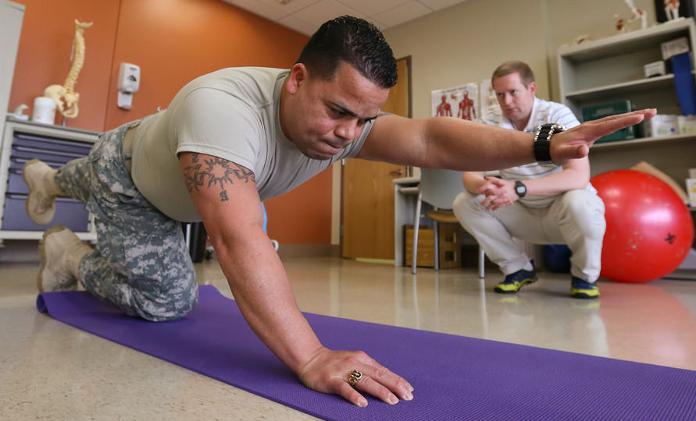- 1-877-510-7473
- About Us
- Practitioners
- Contact
- Support
Moderator
11.21.2016

Managing a private practice clinic is a challenging endeavour. Clinic owners are required to hire individuals with some rather distinct skill sets. For example, your front desk staff might be adept at handling spontaneous social situations, while your treatment staff might be very methodical and enjoy sticking to the script. Furthermore, some occupational therapy clinics will go as far as hiring one specific individual who specializes in billing and claims submissions. In this article, we’ll be discussing 4 tips for occupational therapy billing:
Click here to read about why you need medical billing software in 2016.
1) Get familiar with commonly-used treatment or service codes (CPT codes)
There are certain treatments and services (CPT codes in the US) that your clinic will use more than others. Even though you may be entering the same treatment or service for two different patients, there can be an infinite number of subtleties that can end up impacting the cost. This is why it’s important for the individuals who are responsible for your occupational therapy billing to be very familiar with the treatment or services that the patients at your clinic receive the most.
2) Always include the required clinical documentation in submissions
Virtually all claims require some clinical documentation to justify the treatment that they’re receiving. This “proof” often manifests itself in diagnosis codes. Depending on your region, you will be required to use a certain set of diagnosis codes (i.e. ICD-10 codes). And in addition to the inclusion of diagnosis codes, you may be required to fill out certain progress notes or evaluations and include them in your claims submissions, too. But if you’re a Practice Perfect user, you won’t need to worry about forgetting to include all of this information.
Our OT billing and EMR software has measures in place that will prevent you from adding a treatment or service charge to a patient’s client record if the accompanying documentation is incomplete. And if that isn’t enough, the software will generate a report when you attempt to batch bill and let you know if there’s any missing information in your submission to help ensure that your claims will be approved.
Check out the top 4 things your OT EMR software must have.
3) Keep a detailed account of your patients’ treatment history
Has your clinic ever been the subject of an audit? If it has, you know that the organization doing the auditing reserves the right to request some very specific documentation from your clinic. The best EMR software will include a place within the software that is specifically designed for storing a single patient’s clinical documents. From their initial assessment to their daily progress notes, Practice Perfect enabled you to store all manners of documents in the ‘Activity by Documents’ section of the software, and audit-proof your business.
4) Use an OT EMR software that allows you to bill directly
There are plenty OT EMR software on the market that can handle your scheduling and EMR, but when it comes to billing, they’re rather helpless. At best, they offer billing services for t extra fee, or at worst, they direct you to one of their sister companies that charges outrageous fees. Meanwhile, we believe that this type of service should be included as part of the base package—in fact, our EMR software couldn’t be considered complete without it.
